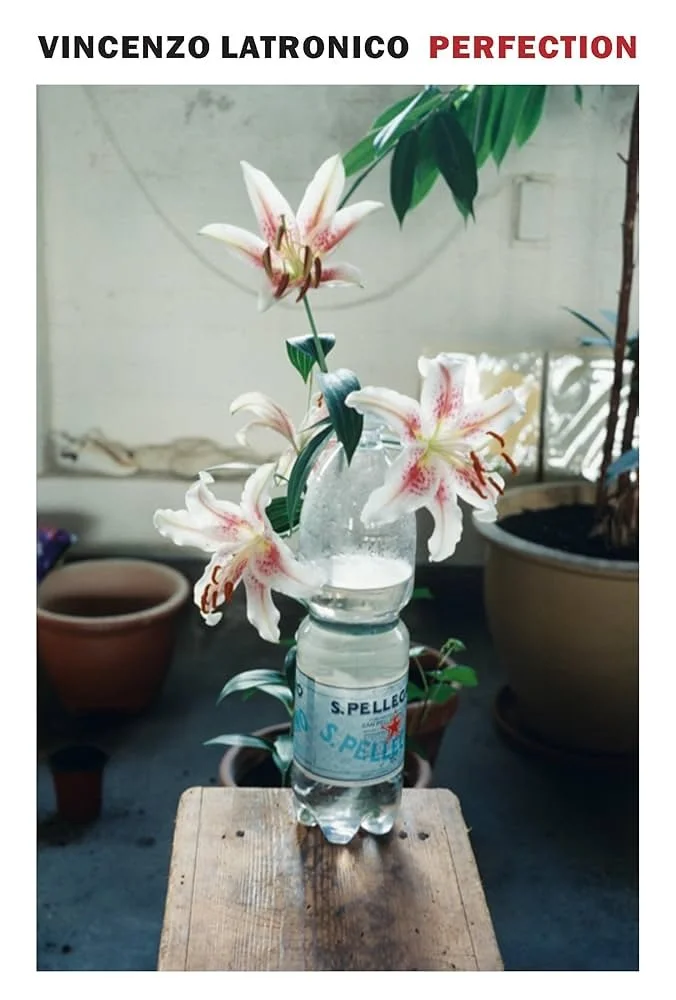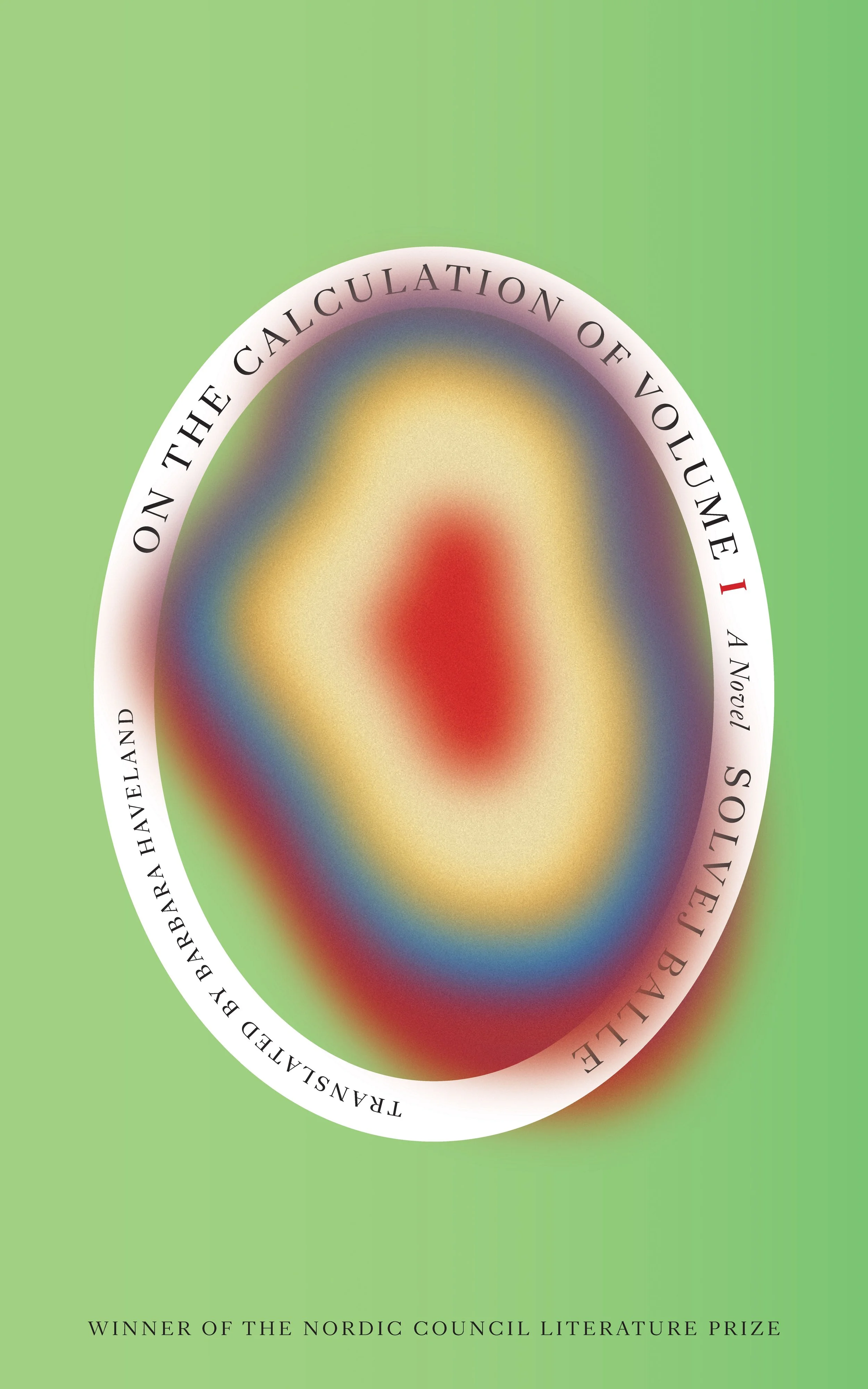My wife and I have been looking at purchasing a house lately. We never really thought we’d be in a position to purchase, but we live in one of the least desirable states in the country, in a town that just lost its 3rd biggest employer, and there’s little to no competition on the buyer side because of interest rates. This confluence of factors, in addition to not loving spending tens of thousands of dollars on rent every year and the local houses being Northern Plains Quirky, has led us to have a poke around.
Two things have been happening to us as we look at houses. First, it is impossible not to imagine yourself living in the house. How your furniture would fit, what new furniture you’d need, where you’d spend your time, what it’d be like to have visitors, etc. Second, you realize how limited your aesthetic vision is. We’ve seen houses with a room full of drawers on the walls; two twin beds built into the walls of an attic; a grand stairwell leading to a closet; different carpet curtains, and wallpaper in every room; a shower on a stage in the basement; and plenty of other strange things. But, in all of these houses, all I can think about is “big old wooden desk. Those wall mounted bookcases every professor has. Big, jeweltone painted walls. Ferns hanging by windows.” We see all these unique, diverse houses built in the early 20th century but can only see filling them with the kind of universal decor of 35 year old cultural professionals. Or, at least I do. I’m not going to speak for Jordan.
Reading Perfection in an afternoon after having an offer rejected really pulled this into focus. The novel is about a couple of cultural professionals--vaguely graphic designers--who move to Berlin in the late 00s/early 10s. At first a grand adventure where every part of the city they encountered was novel, shaking them out of their daily stupor, the city becomes gentrified by millions of other graphic designers all moving to Berlin to do the same. By the time the novel catches up to the contemporary moment, the couple have become “digital nomads”--a bureaucratic designation for their lifestyle--and the influx of graphic designers has become an influx of bankers, wealth managers, and other finance professionals. The couple hates this, moves to Portugal, only to find something more of the same, before finally moving back home to Italy where they establish a kind of boutique farmhouse B&B.
When I first read the plot description, I rolled my eyes. The story was surely close to Latronico’s own and the book a veiled kind of autofiction where he superficially pokes fun at himself while really showing how perceptive and worldly he is. A kind of Italian Ben Lerner novel. And, this is what the novel does to a degree, but the way the novel works is pretty, well, novel.
The way this kind of ironic, self-critical, theory-filled, millennial novel is supposed to work is by using a very close, very heightened first-person narrator. We are supposed to see the world through their eyes as they see themselves through our eyes; they’re recognizing our disdain for their lifestyle and countering it, showing that they know their position in the systems in which they’re implicated, they’re doing their best to mitigate the consequences of those systems, they are charming and have a sense of humor about themselves. They are clever, creative, curious, so even as we roll our eyes at them, we might recognize part of ourselves in them as well and as such be similarly implicated in those systems. We forgive them.
Perfection flips this formula. Instead of a very close first-person, we get strangely distant third-person. We stay with the couple at all times, but the couple’s joint life is narrated as if one were describing a household they made in the Sims to you. It is as if the novel were a placard on a museum explaining a piece of art or where a particularly exotic lizard at the zoo came from. The novel opens with an extensive description of the apartment in which Anna and Tom dwell: the furniture, the decorations, the hopes and dreams attached to it and the function of its day to day use. Everything in the novel is described similarly, from the kind of lifestyle aspirations of Anna and Tom to their sex life to their recognition of their own role in gentrification to their return to Italy. The narration remains removed--never critical, never particularly clever or ironic, often purely descriptive. At no point do you feel the narrator winking at you, begging you to call them clever or letting them off the hook for acknowledging their shortfalls
Of course, description isn’t ideologically vacant. Perfection is full of ideas and thoughts about expatriates, immigration, cultural exchange, gentrification, globalization, borders, etc. Gentrification makes Tom and Anna’s Berlin less enchanting, for instance, and they acknowledge their own part in that deenchantment. They leave to another country to try and find that reenchantment and, failing to do that, eventually go to work reenchanting their home in Italy for others. The narrator is obliquely critical of the milquetoast, liberal politics of Anna and Tom. And, perhaps most blatantly, the novel is critical of a global economy that seeks eternal growth through the unproductive means of finance, insurance, and real estate. The distant third-person narration helps with this as well. Being so removed from the story places such content in the speculative past, as though we’re treating it with the same eye we would treat something like Olga Tokarczuk’s The Books of Jacob or Colson Whitehead’s John Henry Days. It’s not that we’ve moved beyond the main concerns of those novels, but they are trying to trace a lineage--to show how we got from there to here.
Where is the “here” of Perfection? It is hard to say. The novel documents a hard shift in the latter half of the 2010s. A global shift fascistward, a unified conceit on the Global North’s behalf to just kicking the economic can down the road, the complete erasure of cultural difference even at the time of renewed attention to borders. Maybe its scope is simply to help us understand the immediate effects of that shift, or maybe Perfection is looking to something bigger.
Anyways, I’ve been enchanted by all of these bizarre early-20th century homes in the Great Plains. But maybe instead of imposing my aspirationally-culturally-bound-aesthetic sense on them, I need to start going to northern Nebraskan garage sales. See what kind of similarly enchanting, kitschy furniture I can kick up. Rent a house out on Airbnb. Give finance bros the real Great Plains experience.


